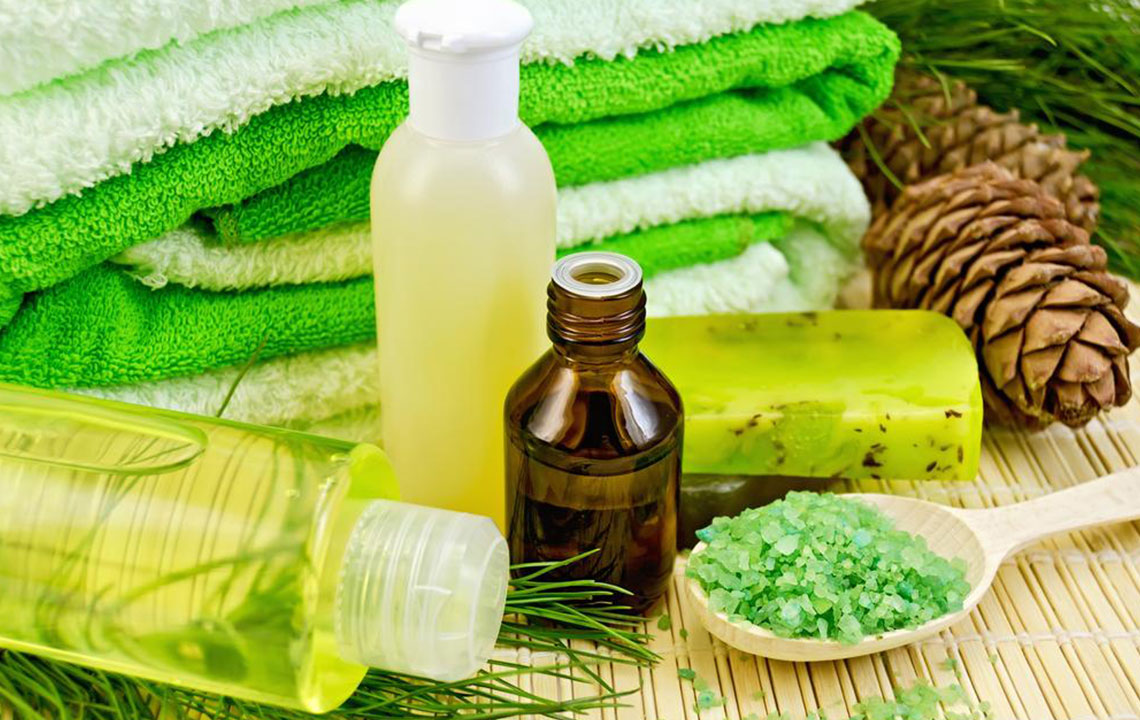Natural and Popular Ways to Tighten Your Skin

Weight loss is quite challenging. And those who excel in it deserve must celebrate. But there’s a downside too. The stretching of skin can result in loose skin after weight loss.
Human skin is the largest elastic living organ. The skin is made of cells and membranes. These cells and membranes contract and stretch timely. After the weight loss process, the fat layers which stretch the elastic skin components are lost. The skin needs some time to adjust to the new body shape. Thus the loose skin may require some extra time and efforts to get back to proper shape.
Here are the best ways and natural remedies you can try to tighten your skin:
Natural remedies to tighten your skin:
Egg white: Egg white is a wonderful remedy for the loose skin. The nourishing skin lipids moisturize the skin and keep it soft.
Take two eggs and extract the egg white. Blend the egg white to make a mixture. Apply it on parts with sagged skin. Keep it for twenty minutes and wash it with cold water.
You can even mix the egg white in yogurt and whisk it properly. Apply it to face and neck and allow it to dry for half an hour. Continue with this process twice a day for visible results.
Lemon: Lemon contains vitamin C which enhances the production of collagen (the main component that promotes skin production). It restores the skin elasticity and tightens the loose skin. Lemon is a good remedy to fight signs of aging such as wrinkled and sagging skin.
Take fresh lemons and extract the juice. Dip cotton balls in the lemon juice and apply it on face and neck. Keep it for 10–15 minutes. Wash your face with cool water. If your skin is sensitive, you may feel a burning sensation. For effective result, this process must be carried out twice a day.
Aloe vera: Aloe vera contains malic acid which works well to tighten your skin. It has good moisturizing properties and boosts the elasticity of the skin.
Take aloe vera leaves and extract the gel. Apply the gel on your face and let it dry. Rinse it off with warm water. You can even mix aloe vera with honey and apply it. Try the method once a week.
Cucumber: Cucumber has great properties as a natural skin toner. It refreshes and rejuvenates the skin making it soft and glowing. If you want to tighten your saggy skin, cucumber is the best remedy.
Take half a cucumber and grate it. Extract the liquid by squeezing it. Use a cotton ball to apply this liquid on your face. Keep it until it dries. Wash it off with cold water.
Mix the cucumber juice with honey and yogurt for wonderful results. You can even prepare mask using egg white, cucumber juice, and few drops of vitamin E. Put the mask on your face and allow it to dry for half hour. Wash it off.
Oil massage: Massages with oil proves the circulation of blood which promotes the production of collagen. You can use olive oil for massaging. Vitamin E and A present in the olive oil have great anti-aging benefits.
Take some olive oil and heat to some temperature. Apply it on the face and rub it gently in circular motions with your fingertips. Massaging proves good when done regularly before going to bed.
You can even try coconut, almond, and avocado oil for massages.
Honey: The antioxidant, anti-aging and nourishing properties of honey make it a wonderful remedy for sagging skin.
Take three teaspoons of honey and add few drops of olive oil and lemon juice. Mix them well and apply the mixture on your face and sagged skin. Allow it to dry and wash your face with lukewarm water. Implement the process to get best results.
Some helpful ways to tighten your skin:
Facial exercises: Facial exercise works efficiently to restore the skin elasticity. You can try tilting your head backward and look at the ceiling. Practice the chewing habit many times a day. Move the chin up and down repeatedly. Smiling with lips closed and pushing the cheeks with the index finger is a good exercise.
High water intake: Drink at least eight glasses of water in a day. Good water intake tightens the skin. The skin appears radiant and glows. Hydration boosts the elasticity of skin and keeps it glowing.
Moisturise skin: Moisturizers keep the skin moist and promote the growth of new skin cells. Moisturising soothes the skin and keeps the skin nourished. Oils of both coconut and olive are good moisturizing agents.
The above methods are effective solutions to tighten your skin. Remember there won’t be any wonders overnight. Follow the above regimen regularly to see great results. You will get glowing and tightened skin.


